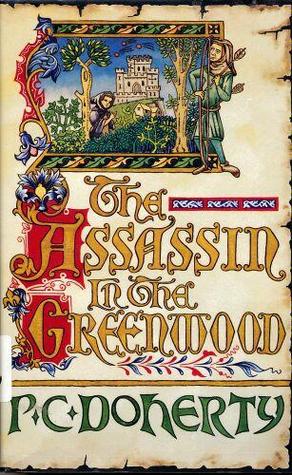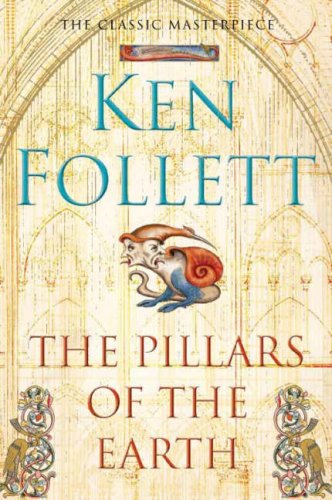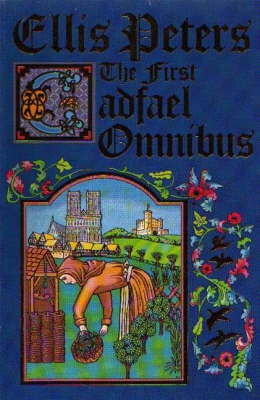
Review of The Assassin in the Greenwood, a medieval mystery set in 14th century England by P.C. Doherty

This post may contain affiliate links, which means I may receive a commission, at no extra cost to you, if you make a purchase through a link. Please see our full disclosure for further information.
Synopsis
Sir Hugh Corbett, King Edward I’s chief clerk and keeper of the Secret Seal, has obtained information that could seriously affect the course of the ongoing hundred years war. However, this information is contained within a cipher that no one has been able to break.
While working on the cipher, Corbett is sent to Nottingham with two of his servants to deal with a spate of lawlessness in the area. Tax collectors have been attacked, the sheriff murdered, and there’s evidence of a traitor inside the castle.
This appears to be the work of Robin Hood, recently pardoned and returned home. However, something about this doesn’t seem right to Corbett and he sets out to ensure that the right man is brought to account.
Review
The Assassin in the Greenwood was an interesting take on the traditional Robin Hood tale. All your favourite characters from the traditional Robin Hood tale appear at some time or other. There are several descriptions of very violent deaths; this didn’t bother me, but might trouble other readers.
I could often feel the atmospheres of particular settings. The castle was so thoroughly described that I felt like I could hear and smell what it was like. The history was obviously very well researched.
The forest had always stood there, the trees providing a canopy to shield the earth from the sky. Beneath this veil of greenness which stretched as far as the eye could see, the forest had witnessed murder as long as it had seen man himself. […]
The trees had seen it all: the gnarled oak, the elm with its branches stooped with age. The forest was a dangerous place, a living thing, and through its green-dappled shadows slunk masked men who knew the secret paths and where to avoid the treacherous morass. Only a fool would wander from the beaten track which wound through Sherwood Forest, either north to Barnsleydale or south to Newark and the great road down to London.
The characters are at times flat and unengaging. Nearly everyone speaks the same and there is very little personality shown in the dialogue. I honestly felt more gripped by the setting (and to some extent the story) than I did by the characters.
Overall, I enjoyed The Assassin in the Greenwood, but not enough to look out for other books by P.C. Doherty. While it was fast paced and engaging, there was no obvious progress towards a solution. It seems that Corbett reaches his conclusions without any effort. I still want to know how he reached his conclusions.
Conclusions
Have you read Assassin in the Greenwood? What did you think? Do you agree with what I’ve said about it? Let me know in the comments.




